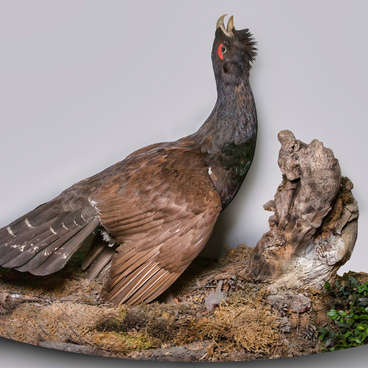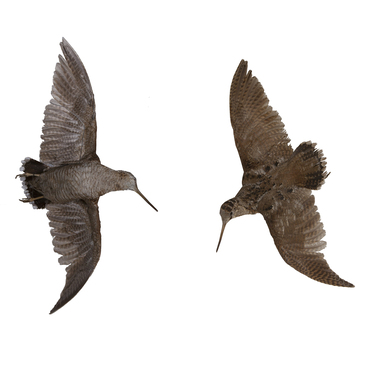A wet specimen of an opened human heart is presented in the ‘Blood and Blood Circulation’ hall. The heart is fixed on a glass plate in a hermetically sealed vessel. It has been preserved since 1965 thanks to a preservative liquid, which includes formalin.
The human heart can be compared to a pumping station that pumps blood through the blood vessels. This hollow fibromuscular organ has two ‘floors’ and four ‘rooms’ — chambers.
In the right half of the heart there is venous blood, saturated with carbon dioxide, and in the left–arterial, rich in oxygen. Both halves of the heart consist of an atrium above and a ventricle below. They are connected by a passage with a ‘door’ — a valve. On the right, the atrium and ventricle are connected by a tricuspid valve, and on the left by a bicuspid one.
Valves are needed as that the blood in the heart moves strictly in one direction. With valve pathologies, for example, with prolapse–weakening and sagging of the walls–a reverse flow of blood occurs. This phenomenon is called regurgitation. Acute mitral regurgitation can cause pulmonary edema and cardiogenic shock, and even sudden cardiac death.
The aorta springs from the left ventricle, from which the central circulatory system begins. From the right ventricle springs the pulmonary artery, the beginning of the lesser, or pulmonary, circulation. The openings of these vessels are closed by semilunar valves–pocket-like deepenings facing the vessel cavity. During the cardiac beat, they press the walls of the vessel and open the opening. During relaxation, they fill with blood from the vessel and close.
The cardiac beat begins from the atria. They push blood into the ventricles, and they pass it into the general bloodstream. This is followed by a short pause and the cycle of cardiac beats is repeated. In one minute, the heart pumps the entire volume of blood through the body. In an adult, the average cardiac rate is about 70 beats per minute, while in a child it is about 90.
The human heart is very strong. It begins its work on the 18–20th day of intrauterine growth and continues to contract for some time even after death. This phenomenon is called automatism and is controlled by special clusters of nerve cells in the muscle tissue of the heart. If their work is disrupted, patients are installed with electronic cardiac pacemakers: under the influence of their electrical impulses, the heart works in the correct rhythm.
The human heart can be compared to a pumping station that pumps blood through the blood vessels. This hollow fibromuscular organ has two ‘floors’ and four ‘rooms’ — chambers.
In the right half of the heart there is venous blood, saturated with carbon dioxide, and in the left–arterial, rich in oxygen. Both halves of the heart consist of an atrium above and a ventricle below. They are connected by a passage with a ‘door’ — a valve. On the right, the atrium and ventricle are connected by a tricuspid valve, and on the left by a bicuspid one.
Valves are needed as that the blood in the heart moves strictly in one direction. With valve pathologies, for example, with prolapse–weakening and sagging of the walls–a reverse flow of blood occurs. This phenomenon is called regurgitation. Acute mitral regurgitation can cause pulmonary edema and cardiogenic shock, and even sudden cardiac death.
The aorta springs from the left ventricle, from which the central circulatory system begins. From the right ventricle springs the pulmonary artery, the beginning of the lesser, or pulmonary, circulation. The openings of these vessels are closed by semilunar valves–pocket-like deepenings facing the vessel cavity. During the cardiac beat, they press the walls of the vessel and open the opening. During relaxation, they fill with blood from the vessel and close.
The cardiac beat begins from the atria. They push blood into the ventricles, and they pass it into the general bloodstream. This is followed by a short pause and the cycle of cardiac beats is repeated. In one minute, the heart pumps the entire volume of blood through the body. In an adult, the average cardiac rate is about 70 beats per minute, while in a child it is about 90.
The human heart is very strong. It begins its work on the 18–20th day of intrauterine growth and continues to contract for some time even after death. This phenomenon is called automatism and is controlled by special clusters of nerve cells in the muscle tissue of the heart. If their work is disrupted, patients are installed with electronic cardiac pacemakers: under the influence of their electrical impulses, the heart works in the correct rhythm.

